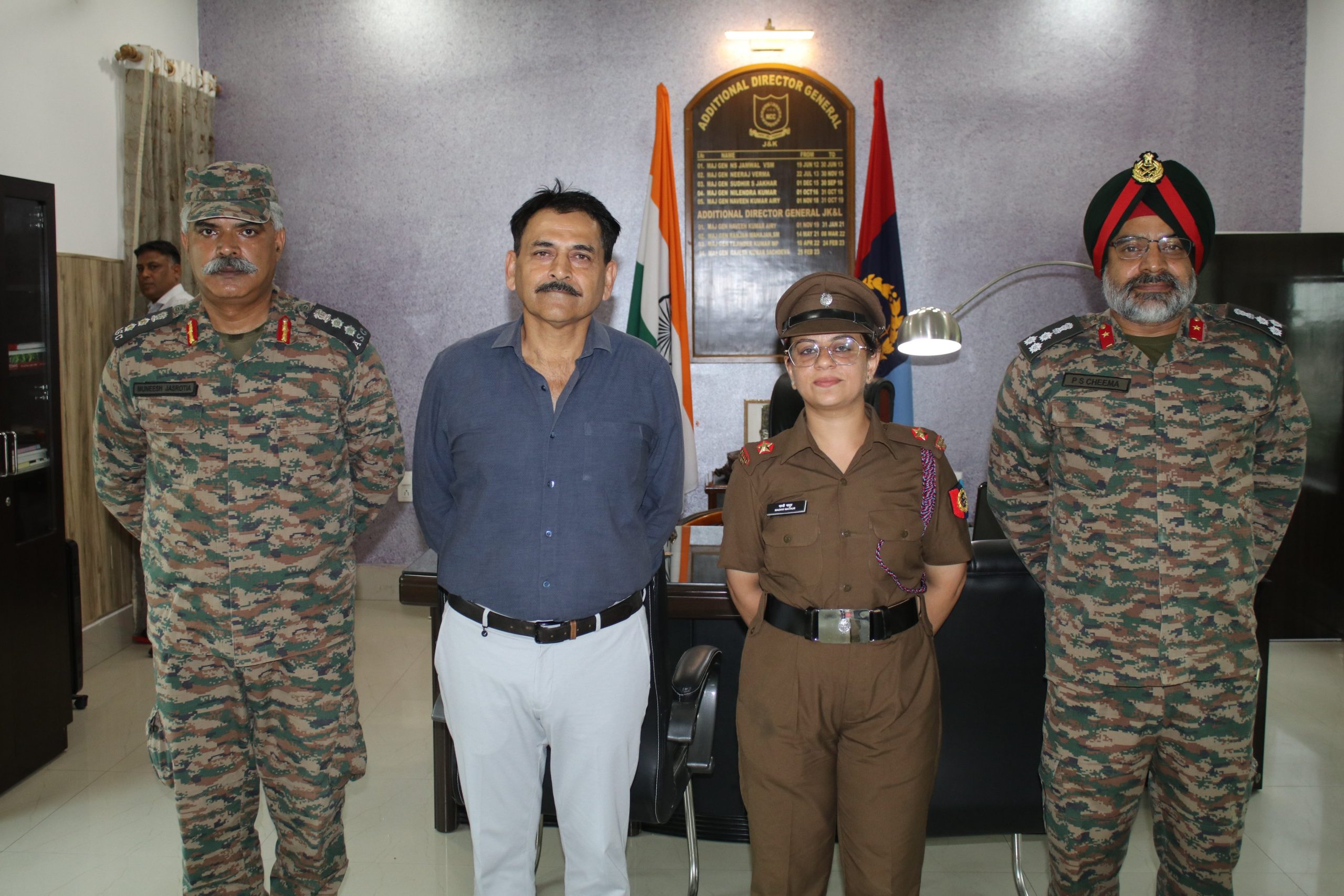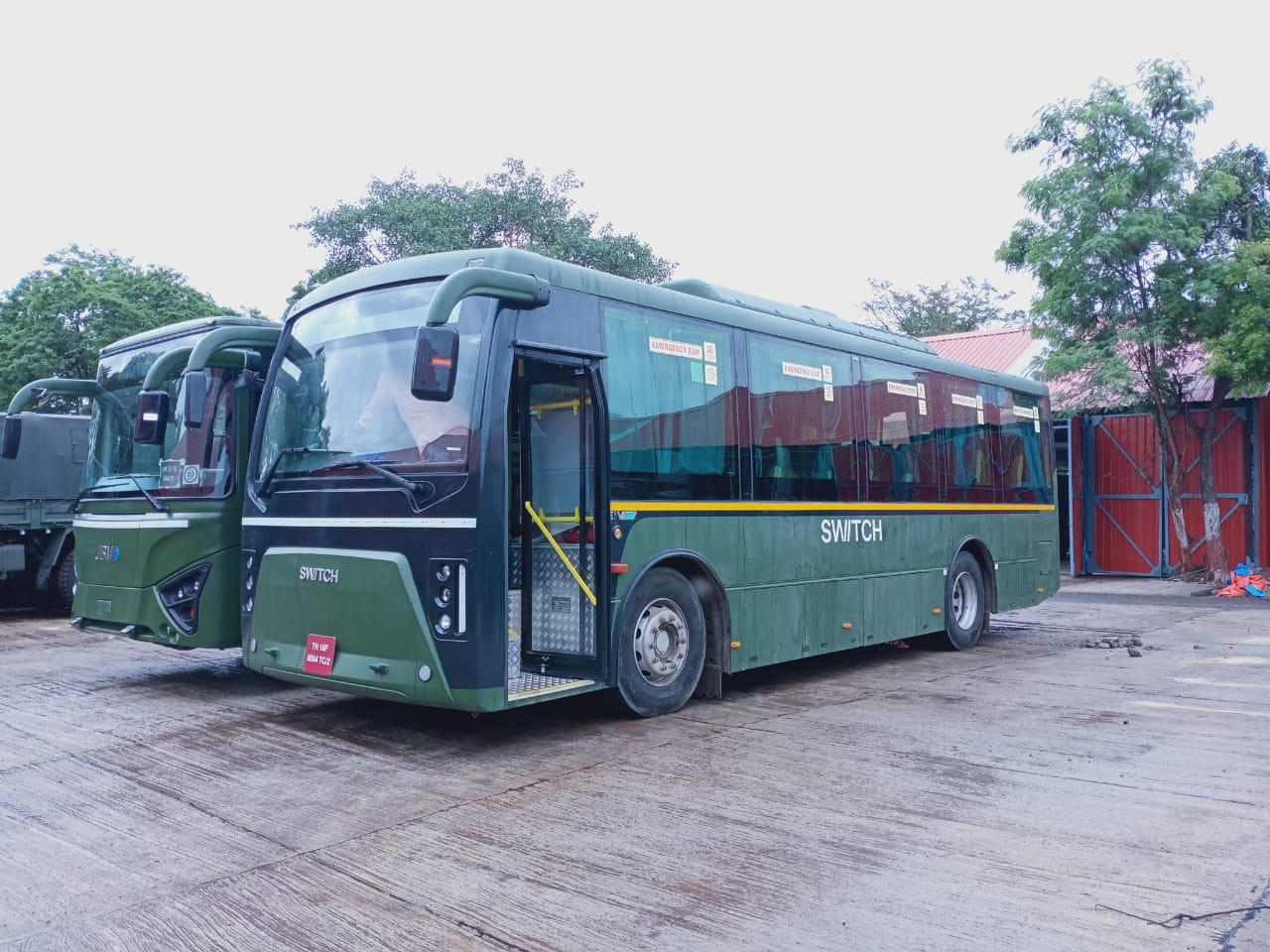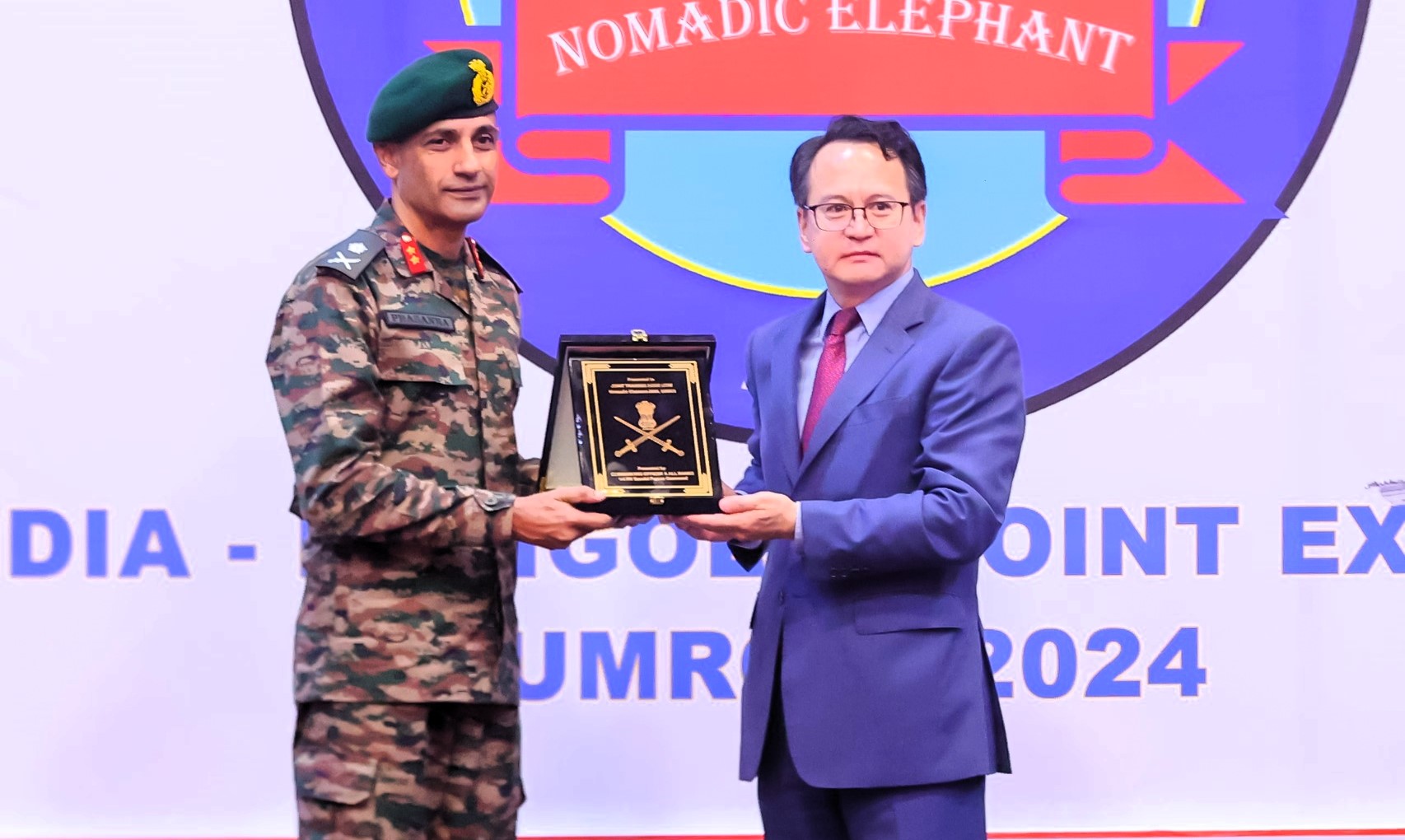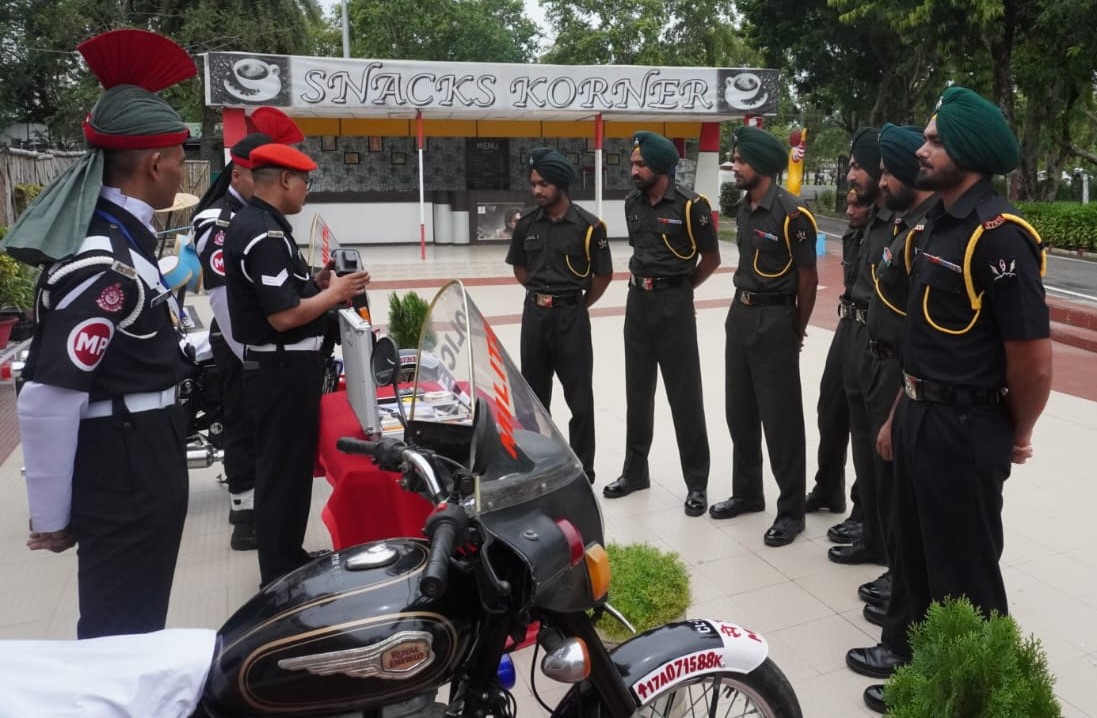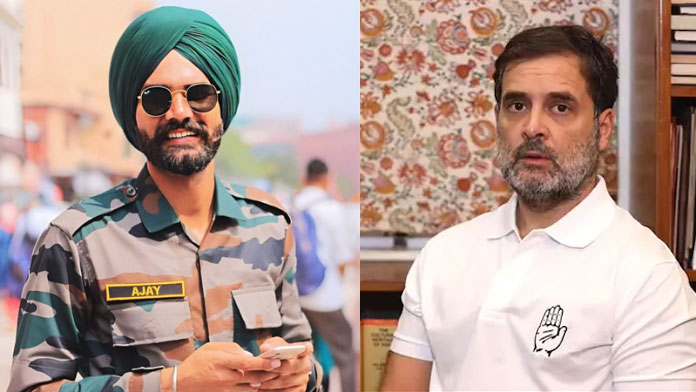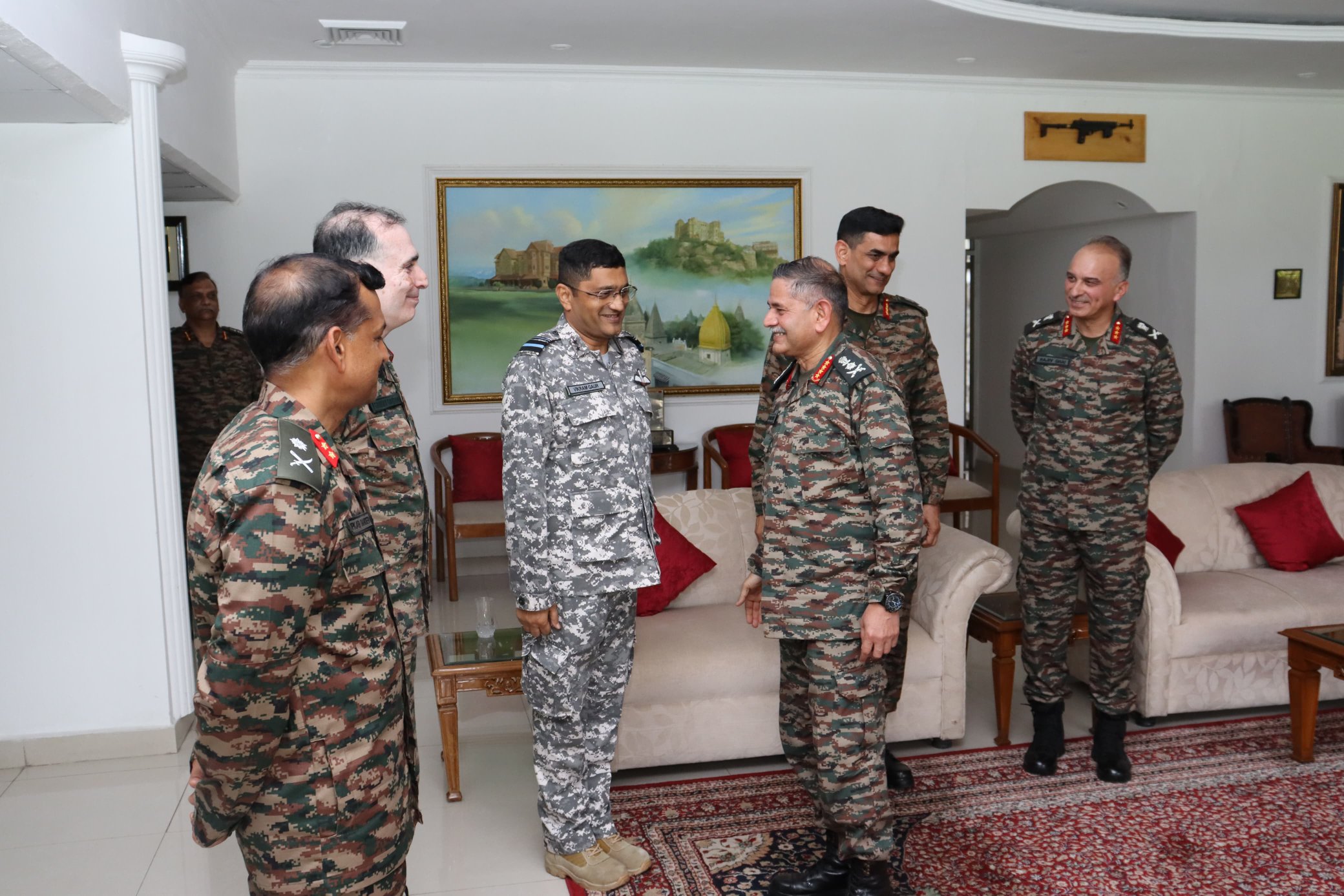CTO Madhvi Mathur and CTO Meenakshi Honored for Outstanding Achievements in J&K Girls Battalions
CTO Madhvi Mathur of 2 J&K Girls Battalion has been awarded the Best ANO Trophy along with three silver medals…
Indian Army Procures Electric Buses to Boost Green Initiatives
The Indian Army has taken a significant step towards environmental sustainability by procuring 113 electric buses for troop transportation. This…
16th Edition of Joint Military Exercise Nomadic Elephant Begins in Meghalaya
The 16th edition of the joint military exercise Nomadic Elephant between the Indian Army and the Mongolian Army commenced with…
Brahmastra Corps Hosts Road Safety Week at Panagarh Military Station
The Brahmastra Corps of the Eastern Command organized a Road Safety Week at Panagarh Military Station, focusing on educating troops,…
Agniveer Ajay Kumar Was Paid ₹98 Lakh, Clarifies Indian Army After Rahul Gandhi’s Claims
The Indian Army issued a clarification late Wednesday night regarding the compensation for the family of Agniveer Ajay Kumar, who…
General Upendra Dwivedi Leads High-Level Joint Security Review Meeting in Nagrota
General Upendra Dwivedi, Chief of Army Staff (COAS), presided over a high-level Joint Security Review Meeting held at Nagrota, Jammu…

